- Competitive pricing
- Excellent ride and handling
- A safe and reliable alternative for used-car buyers
- Gutless engine...
- ...yet loves a drink
- Lacks some technology
Cheap, reliable motoring is fast becoming a scarcity in Australia. Combine the declining light-car segment, the addition of high-tech safety gadgets and consumer demand for SUVs, the options for a $20K new car have dwindled down to just a handful of models. Gone is the Holden Barina, Ford Fiesta, Honda Jazz, and Nissan Micra that used to sell in droves and those that remain have mostly gone up in price to beyond what most want to pay for their first car. Who’d have thought you’d ever pay $27K to get a base-model Toyota Yaris on the road. Kia is one brand that is fighting to keep the cost motoring down with the 2021 Kia Rio.
Starting from $19,090 plus on-road costs, the Rio range offers first-time buyers everything from cheap and cheerful to decidedly sporty, manual or auto, safety gadgets, and even the surety of a seven-year warranty. Could the 2021 Kia Rio be the vaccine we need to fend off price gouging amidst this COVID crisis? Let’s find out.
Price & Specs: 7.5/10
The 2021 Kia Rio range features the S, Sport and GT-Line models as permanent fixtures, but there’s also an SX Limited Edition currently available.
The S manual kicks the range off at $19,090 before on-road costs, with the automatic charging an extra $2,300. For that money you get a 74kW/133Nm 1.4-litre four-cylinder petrol engine, 15-inch steel wheels, automatic halogen headlights, halogen daytime running lights, electric windows, an 8.0-inch touchscreen infotainment system, wireless Apple CarPlay and Android Auto, a reversing camera and rear parking sensors.
The SX Limited Edition temporarily slots itself above the S and will set you back $20,090 for the manual (the auto can be had for $22,890). Additional kit over the S includes 17-inch alloy wheels, heated and electric-folding power mirrors, cruise control, a ‘premium’ (faux leather) gear knob and steering wheel, leatherette upholstery, a sunroof, privacy glass and illuminated vanity mirrors.
The Sport manual starts from $20,590 and crucially adds autonomous emergency braking (AEB) and lane-keep assist. It also adds a 4.2-inch colour display between the analogue dials but loses the leatherette upholstery, sunroof, privacy glass and illuminated vanity mirrors from the SX.
Finally, the GT-Line tops the Rio range at $24,990 and the changes are more than just cosmetic. The GT-Line swaps out the 1.4-litre atmospheric engine for a 1.0-litre turbocharged three-cylinder petrol engine that makes the same 74kW of power but a much healthier 172Nm of torque. It also ditches the manual and torque converter automatic transmissions and gets its own seven-speed dual-clutch automatic transmission. Other changes include a sportier suspension tune, an exterior body kit, dual exhaust outlets, LED daytime running lights and LED front fog lights, LED tail lights, a flat-bottomed steering wheel, cloth sports seats, alloy pedals, rain-sensing wipers, single-zone climate control, and automatic engine stop/start.
Our test car was the Rio Sport automatic, representing what we consider to be the best buy for those who don’t need the sporty GT-Line. Finished in ‘Signal Red’ metallic paint for an additional $520, our Rio totalled at $24,051 drive away at the time of writing. Considering most other light hatches have gone upmarket or left the market altogether, there are few that can offer the Rio’s value. The cheapest Mazda 2 automatic is the Pure, which lands for $25,490 drive away without metallic paint. Volkswagen’s Polo 70TSI Trendline DSG can be had for an also-competitive $24,990 drive away. Like the Rio, both rivals offer basic AEB but the Volkswagen lacks lane-keep assist as well as reverse parking sensors. The Mazda might cost the most but it makes up for it with blind-spot monitoring, reverse parking sensors, rear cross-traffic alert with reverse AEB, and keyless entry with push-button start.
Performance & Economy: 6/10
The 2021 Kia Rio offers two engines and three transmissions across the range, with all but the GT-Line model using a 1.4-litre naturally-aspirated four-cylinder petrol engine as its means of motivation. In the case of our Rio Sport, the 1.4 is paired with a six-speed automatic transmission “ which costs an additional $2,800 over the six-speed manual “ and sends power to the front wheels. The outputs are decidedly modest for the class, with the 1.4 producing 74kW/133Nm. By comparison, the Mazda 2’s 1.5-litre atmospheric engine and the Volkswagen Polo’s 1.0-litre turbocharged engine make 82kW/144Nm and 70kW/175Nm respectively “ leaving the Rio looking a bit asthmatic. It’s crazy to think that the previous generation Rio was available with a 1.6-litre engine that made a segment-leading 103kW.
Despite the power on tap being what you’d expect from the class, it’s the torque figure that’s notably lower than most rivals. This is reflected in the way the Rio motivates itself. It takes some time to build momentum and you need to ask a lot of the little engine to move with any kind of intent. It means that you need to adjust your expectations and actions when overtaking on the motorway or trying to quickly dart from the traffic lights to change lanes.
“It takes some time to build momentum and you need to ask a lot of the little engine to move with any kind of intent.”
Where the pre-facelift Rio Sport utilised a four-speed automatic, the 2020 update saw the Rio move to six speeds across all 1.4L variants. The two extra cogs help the Rio to better mask the torque deficit as it can spend more time revving in the sweet spot. The only downside “ and this is where the manual will likely make for a more satisfying drive if you can manage the three-peddle shuffle “ is that the automatic is programmed for efficiency, so it too-often shifts up to the highest suitable ratio and blunts performance. There’s no drive mode selector on the Sport to overcome the auto’s obsession with low revs either. In reality, the target market for the regular Rio isn’t going to care as much about performance and the automatic is otherwise very good in town. It’s responsive and fluid at low speeds and always does exactly what you expect of it “ making it the perfect companion for inner-city dwellers.
An area where the Rio Sport is less convincing in fulfilling its light-car brief is fuel economy. Where the GT-Line offers a modern 1.0-litre turbocharged engine with stop/start technology, the 1.4-litre unit is fairly old school and doesn’t offer the same fuel-saving technology. Kia claims that the 1.4 should use 6.0L/100km of 91RON fuel in the combined cycle but we start the Rio’s fuel use climb to 9.5L/100km in mixed use. While the driving was skewed more to urban areas, that figure is still way too high for a car in this category with this level of performance.
“Kia claims that the 1.4 should use 6.0L/100km of 91RON fuel in the combined cycle but we start the Rio’s fuel use climb to 9.5L/100km in mixed use.”
Overall, the Rio Sport offers easy-going manners around town but both the Mazda 2 and Volkswagen Polo eclipse it for engine outputs, drivability and even fuel consumption (the Mazda uses 5.3L/100km and the Polo uses 5.0L/100km). The Rio GT-Line fares better with its 1.0-litre turbocharged unit, however.
Ride & Handling: 8.5/10
The 2021 Kia Rio Sport rides on a mechanically simple but standard-for-the-class suspension setup with MacPherson struts up front and a torsion beam setup at the rear. The steering and suspension calibration is unique for Australian market tastes and road conditions and you can really feel it behind the wheel. Where the engine lets the team down with its lack of enthusiasm, the Rio makes up for it in the way it steers and corners.
“Where the engine lets the team down with its lack of enthusiasm, the Rio makes up for it in the way it steers and corners.”
Around town the light steering and small exterior dimensions help the Rio to be an easy car for anyone to just get behind the wheel and drive. Whether you’re chucking a U-turn in the city or zipping around a shopping centre carpark, its an absolute doddle.
What’s perhaps more surprising is how the Rio carries itself at higher speeds and on the motorway. The steering feels direct and always provides confidence and the suspension also plays an important role in helping the car to feel controlled and more substantial than it really is. It irons out the bumps and lumps of our Aussie roads with ease but there’s an underlying firmness that helps the Rio recover quickly and feel settled regardless of the road conditions. Wind and tyre noise is noticeable once you hit motorway speeds but that’s more common than not in this class of car.
“The steering feels direct and always provides confidence and the suspension also plays an important role in helping the car to feel controlled and more substantial than it really is.”
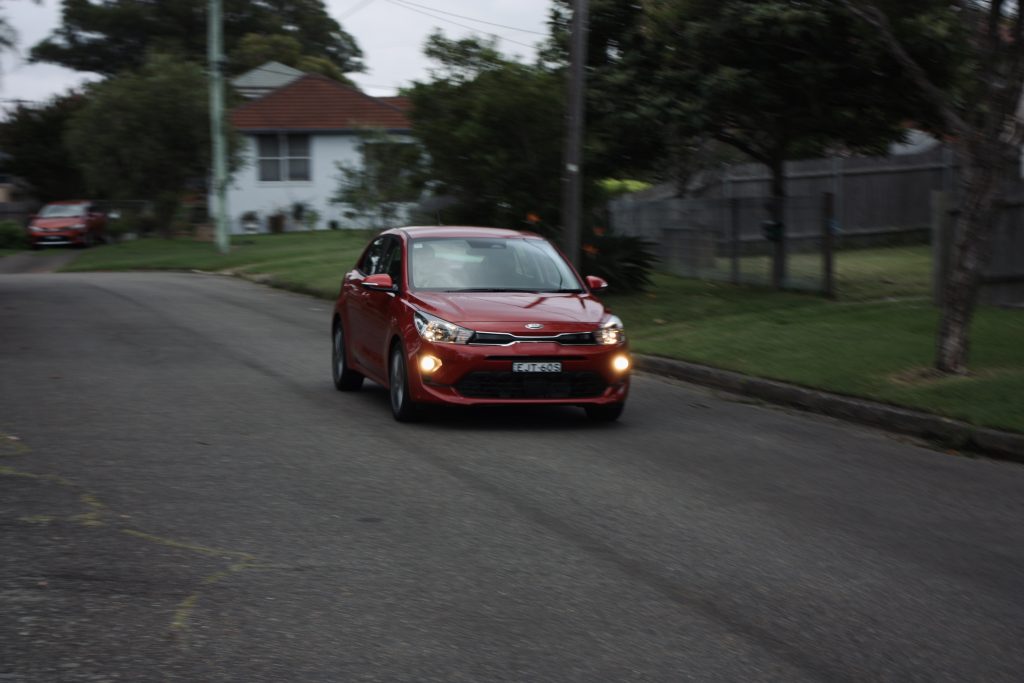
The 17-inch alloy wheels in the Sport model are wrapped in quality Continental ContiSportContact rubber that provides decent bite when pushing the Rio. Another bonus point for the Rio is, unlike a lot of cars in this segment, it scores proper disc brakes at the rear rather than drums. With the little power on hand, it’s no easy feat getting the Rio unstuck. Driving hard will ultimately see the Rio succumb to predictable understeer.
Interior & Practicality: 7.5/10
The Kia Rio is more than halfway through its lifecycle and you can tell in the cabin. The recent midlife update added some extra kit and a bigger, brighter touchscreen but there are a few bits of technology missing altogether.
The Rio Sport’s interior is rather utilitarian in its approach “ no soft plastics, no unnecessary adornments, nothing too flashy in terms of technology. The dashboard is clean and uncluttered in its design. The sea of black is broken up by a sweeping piece of metallic silver (plastic) trim that houses the air vents and infotainment system “ itself neatly half integrated into the dashboard. The dash itself is hard, as are the door cards front and back and even the armrests “ not ideal if you plan to pile on the kilometres on the open road.
“The dash itself is hard, as are the door cards front and back and even the armrests “ not ideal if you plan to pile on the kilometres on the open road.”
The seats are well bolstered and comfortable, and the cloth upholstery is of a decent quality finished off with white stitching details. The steering wheel and gear selector are what Kia calls ‘premium’, which we believe to be a very convincing faux leather with matching white stitching. They both feel nice in the hand, look good and are easy to use. The buttons on the left spoke of the steering wheel handle multimedia and phone functions while the buttons on the right spoke look after trip computer and driver’s aids. We’re particularly fond of the button that allows you to quickly engage or disengage the active lane-keep assist.
“The steering wheel and gear selector are what Kia calls ‘premium’, which we believe to be a very convincing faux leather with matching white stitching.”
The driver’s dials and clear and concise with two analogue dials flanking a colour 4.2-inch colour display for the digital speedo, trip computer and safety aids. There’s no option for a fancy digital driver’s display anywhere in the Rio range, but that’s not uncommon at this end of town.
“There’s no option for a fancy digital driver’s display anywhere in the Rio range, but that’s not uncommon at this end of town.”
The 8.0-inch infotainment touchscreen is a good unit, with decent resolution and graphics. The user interface uses Kia’s older generation system which is reasonably easy to navigate but doesn’t look as slick or offer as much functionality as the newer units. One plus side to the older system is that it’s compatible with wireless Apple CarPlay and Android Auto, meaning that you don’t have to fumble around with cords every time you hop in. Problem is there’s no wireless phone charger (despite the Rio having the perfect shelf to house one) so you’ll need to plug in on longer trips. Other technological bugbears includes the lack of LED headlights, adaptive cruise control, blind-spot monitoring or rear cross-traffic alert anywhere in the range. Also, only the driver’s window offers auto up/down function.
“One plus side to the older system is that it’s compatible with wireless Apple CarPlay and Android Auto, meaning that you don’t have to fumble around with cords every time you hop in.”
Storage is decent with a dual-level shelf up for you phone and keys up front, two good-sized cupholders, a small compartment under the centre armrest, a decent glovebox and door pockets with bottle holders. Space for rear-seat passengers is also commendable for the class with good head, knee and toe-room for all but the tallest of passengers. You won’t want to put three adults abreast for long trips as shoulder room can be a bit tight, bit it’s otherwise comfortable enough. Amenities are limited to bottle holders in the doors, a single USB charging point and a single map pocket on the passenger side. No fold down armrest, cupholders or air vents.
“Space for rear-seat passengers is also commendable for the class with good head, knee and toe-room for all but the tallest of passengers.”
The Rio’s boot is middling for the class with 300-litres with the rear seats up or 1,078L with them folded down. There is a notable hump when the seats are folded and there’s no false floor that can be raised to smooth it out but at least there are a variety of hooks “ including a meaty hook under the parcel shelf “ and a temporary spare tyre to boot.
The Mazda 2 and Volkswagen Polo are slightly more aspirational in their interior design and finish. The Mazda feels more premium with stitched leather on the dash, a beautiful steering wheel and a lovely knurled metal effect on its switchgear, but the rear seat is decidedly cramped as is its 250-litre boot. The Volkswagen is more serious in its boxy and Germanic design, and that bodes well for interior space with a rear seat that rivals many from the segment above as well as a large 351-litre boot.
Running Costs & Warranty: 8/10
The 2021 Kia Rio Sport comes with an industry-leading seven-year/unlimited kilometre warranty. It’s also backed with 12 months of roadside assistance that’s extended by 12 months with every service at a Kia dealership up to a total of eight years.
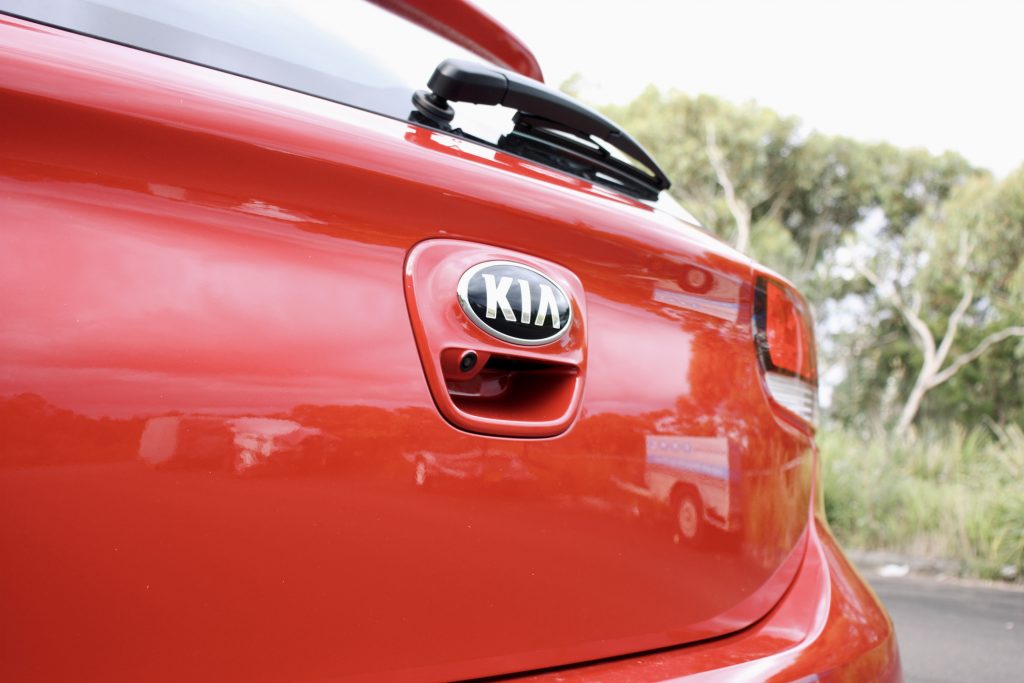
Capped price servicing means that buyers know exactly what to expect but, when factoring in servicing costs and fuel costs, the Rio isn’t the cheapest to run. Servicing comes every year or 15,000km, with the first five years costing $2,039 or an average of $408 per service.
“Servicing comes every year or 15,000km, with the first five years costing $2,039 or an average of $408 per service.”
The Mazda 2 only costs $1,640 over fives but needs to be attended to every 10,000km while the Volkswagen Polo charges $2,555 over five years or 75,000km. Neither can match the Kia’s impressive warranty with their standard five-year warranties.
2021 Kia Rio DiscoverAuto Rating: 7.5/10
The 2021 Kia Rio Sport is a good light hatchback that’s overall very competent and only falls over in a few areas. The feeble engine is the most glaringly obvious “ lacking power as well as being unreasonably thirsty. It’s also starting to feel a bit dated in the cabin. But that’s where the criticisms end.
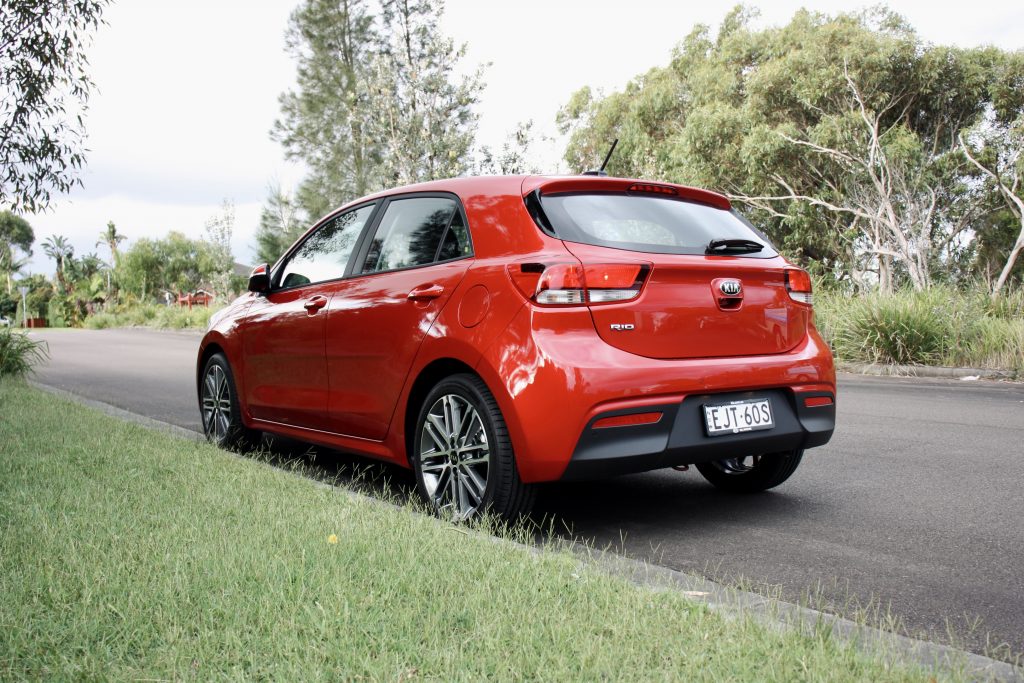
The ride and handling strikes a fantastic balance between comfort and control and it helps the Rio to feel rather grown up behind the wheel. It’s also decidedly practical for its dimensions, with genuinely useful rear seats and a good boot. The Sport model strikes a particularly impressive balance between value for money and safety technology thanks to the inclusion of autonomous emergency braking and lane-keep assist. Add in the surety of a seven-year warranty and its easy to see how the Kia Rio is the antidote for those who want cheap and reliable transport but can’t stomach the steep prices we’re currently seeing in the used market.
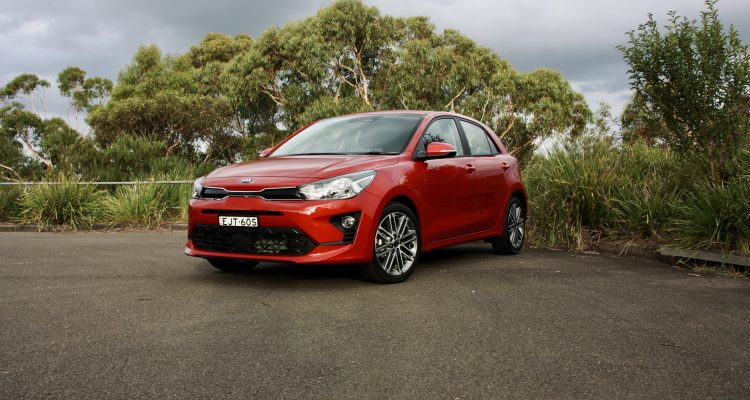
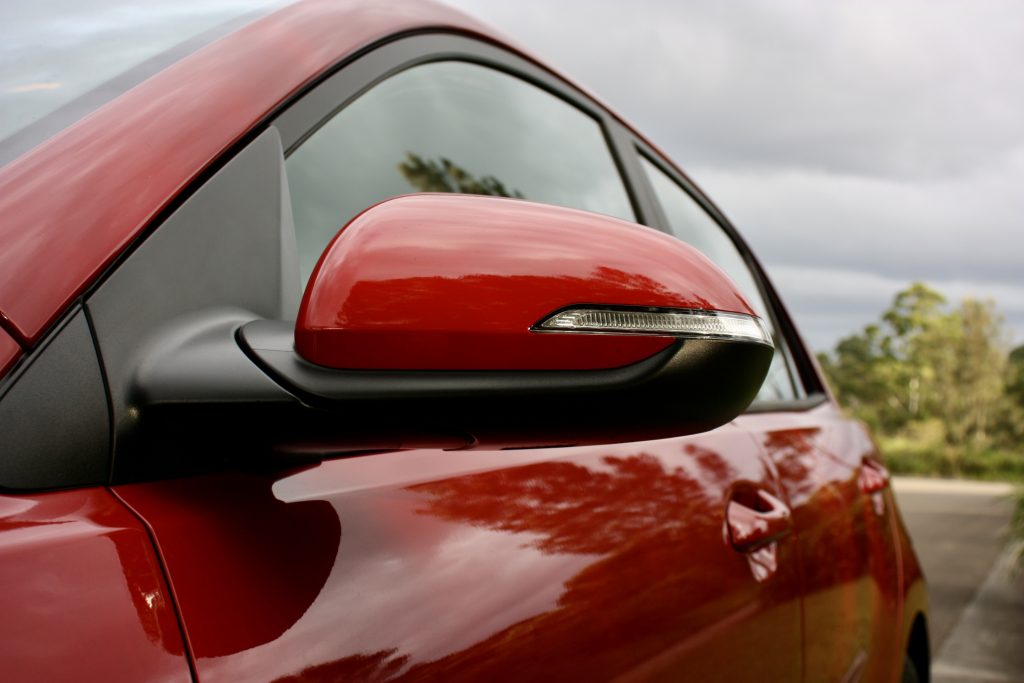
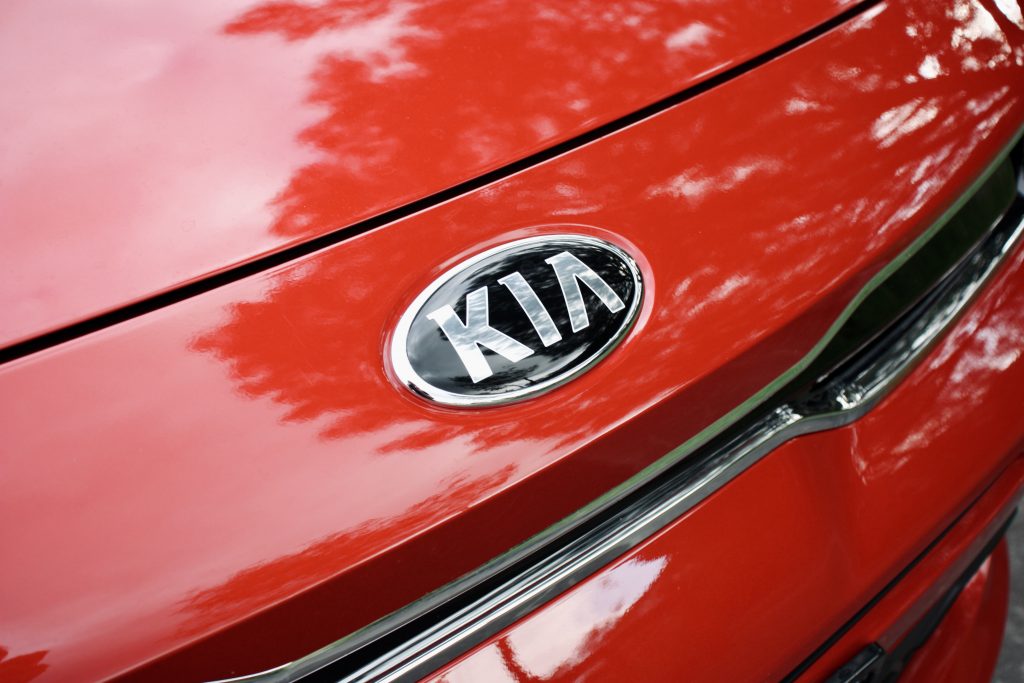
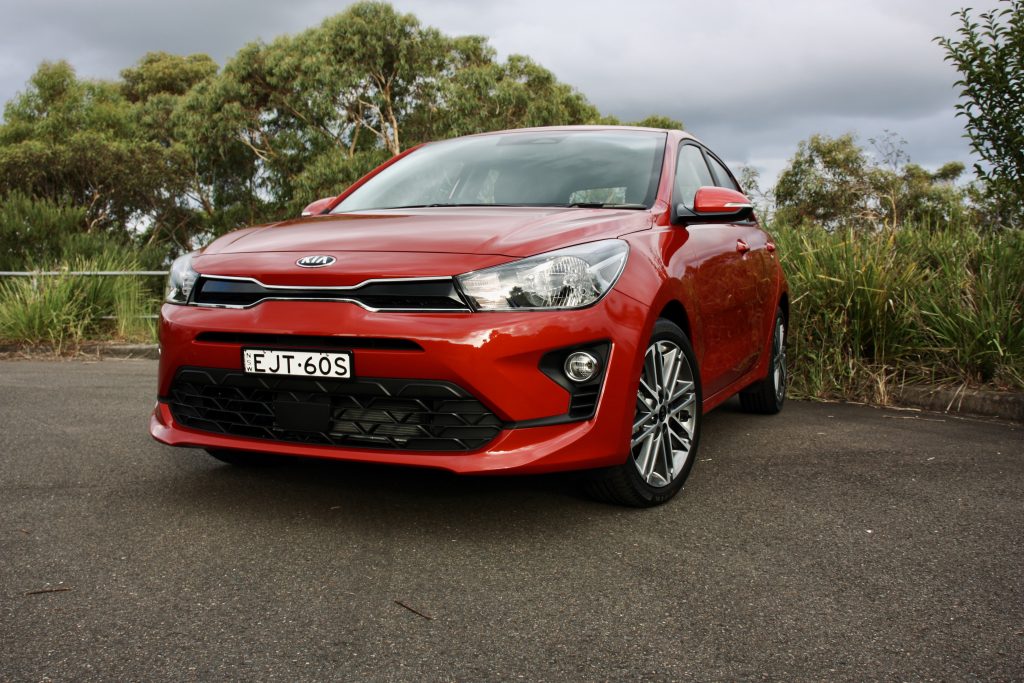
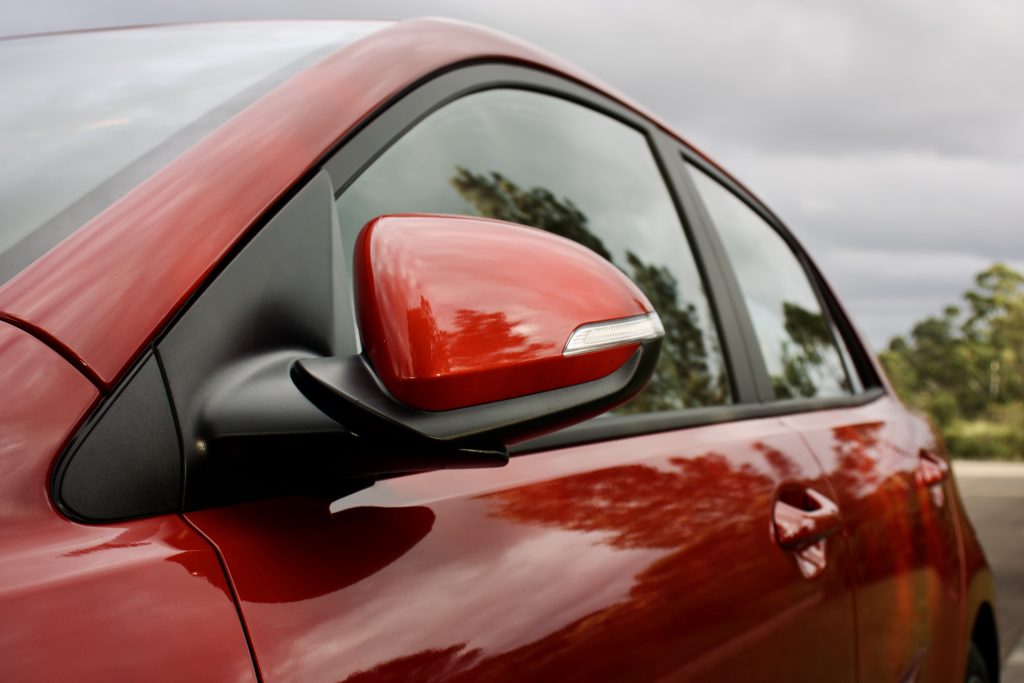
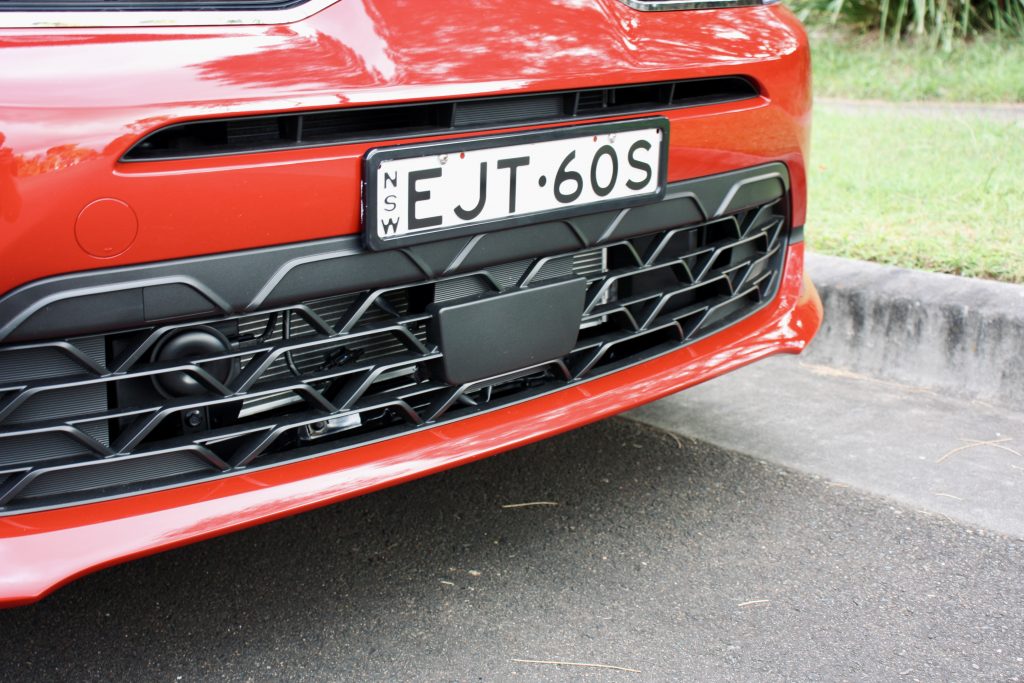
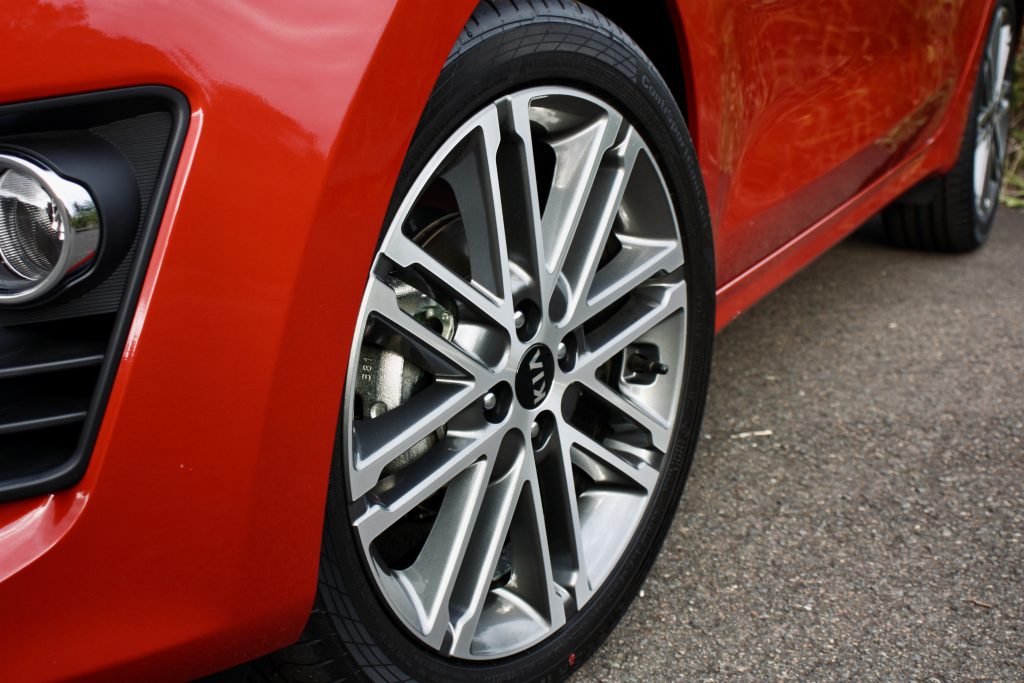
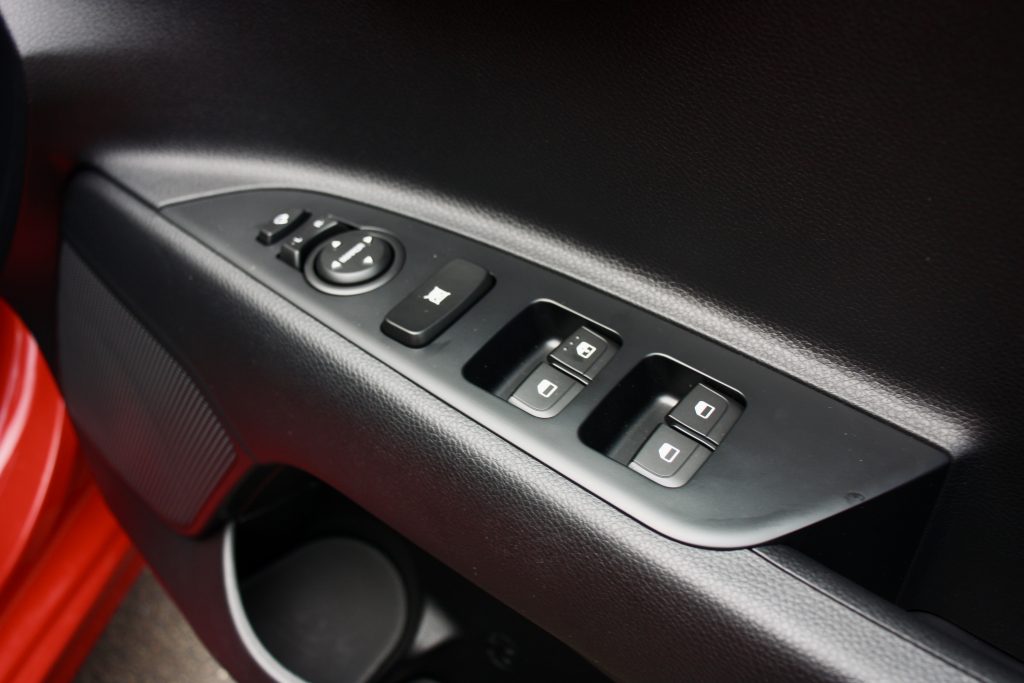
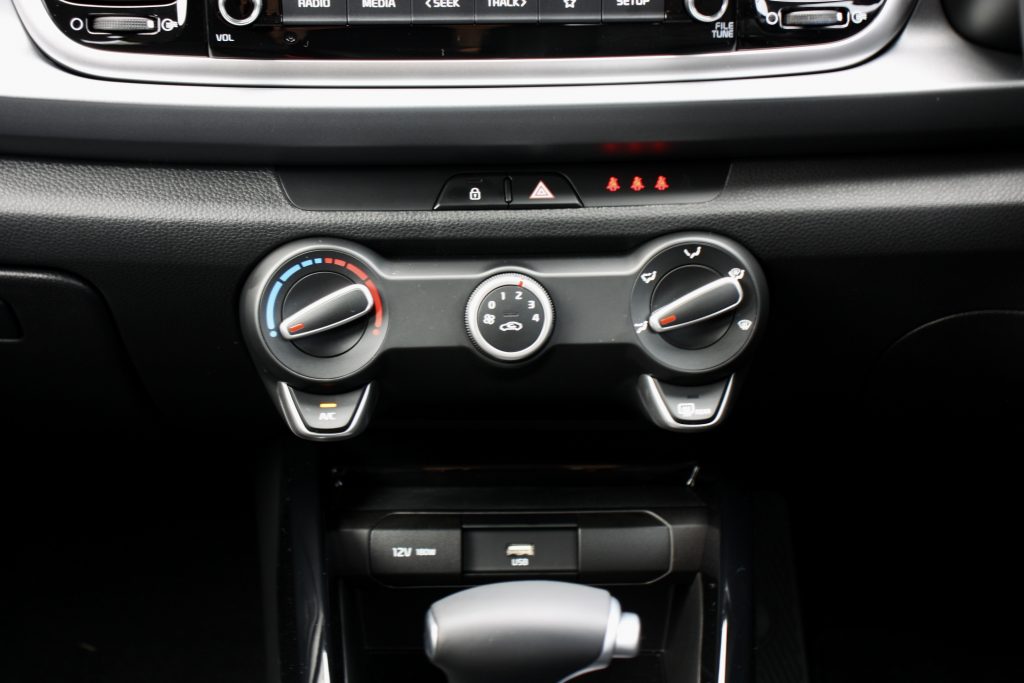
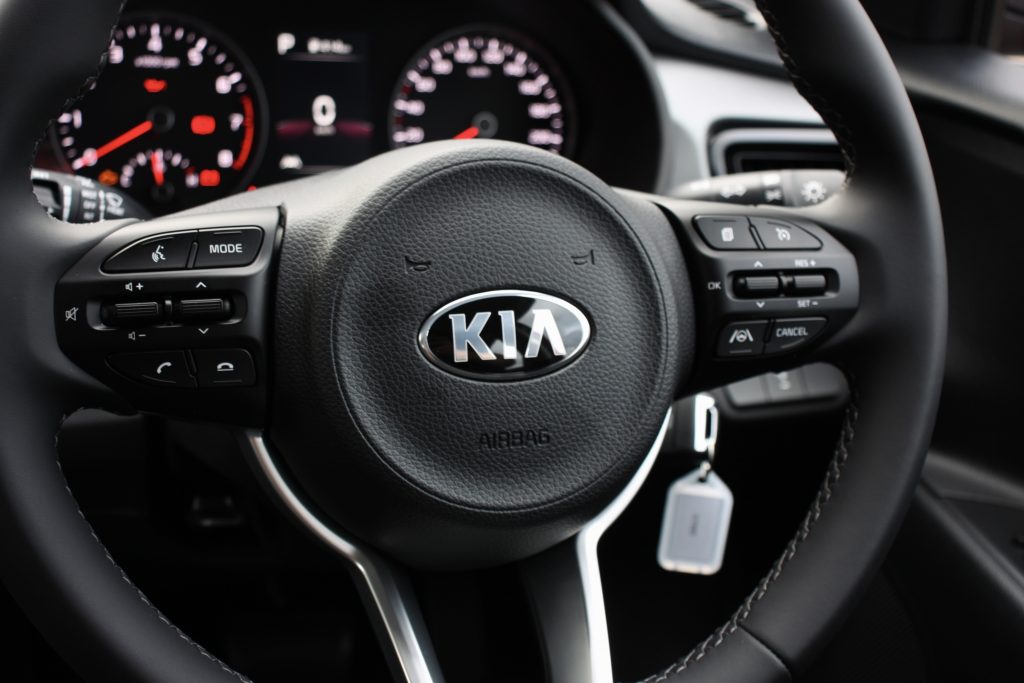
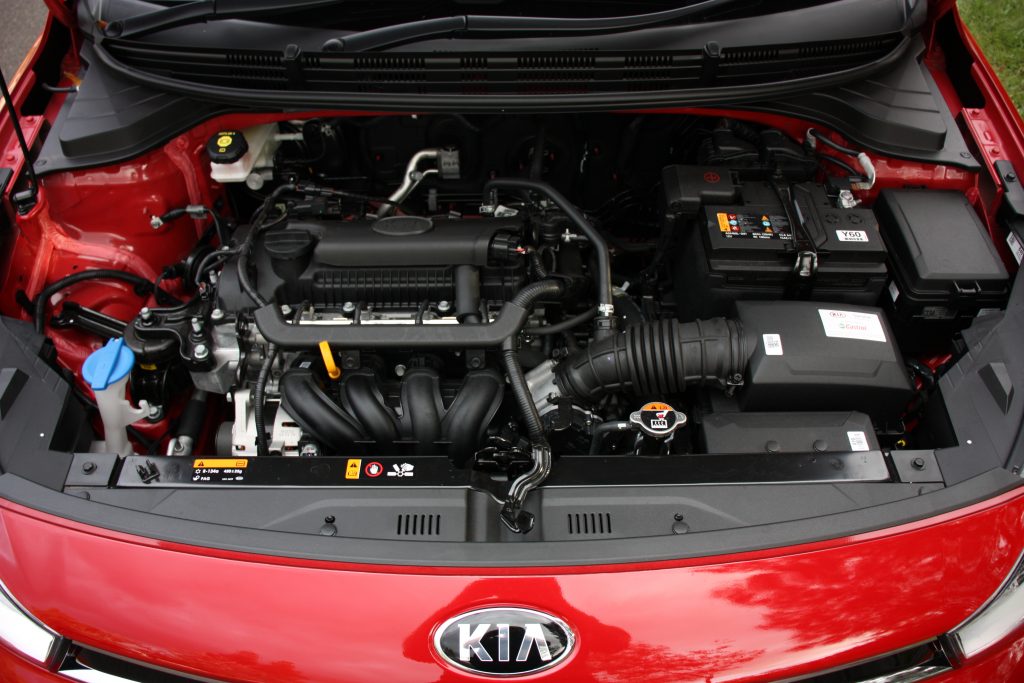
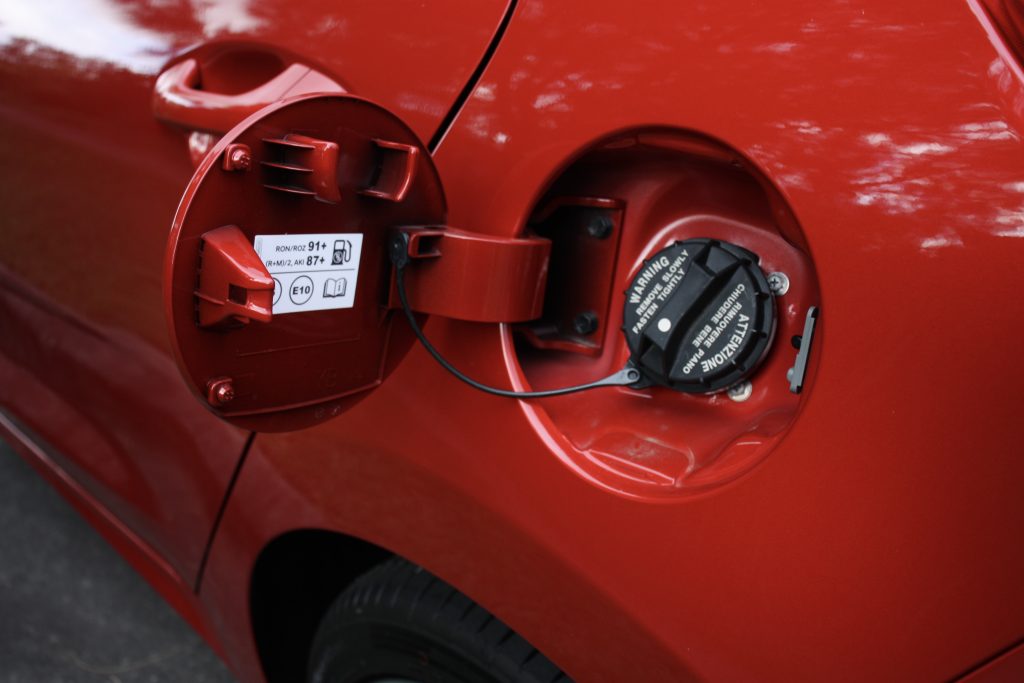
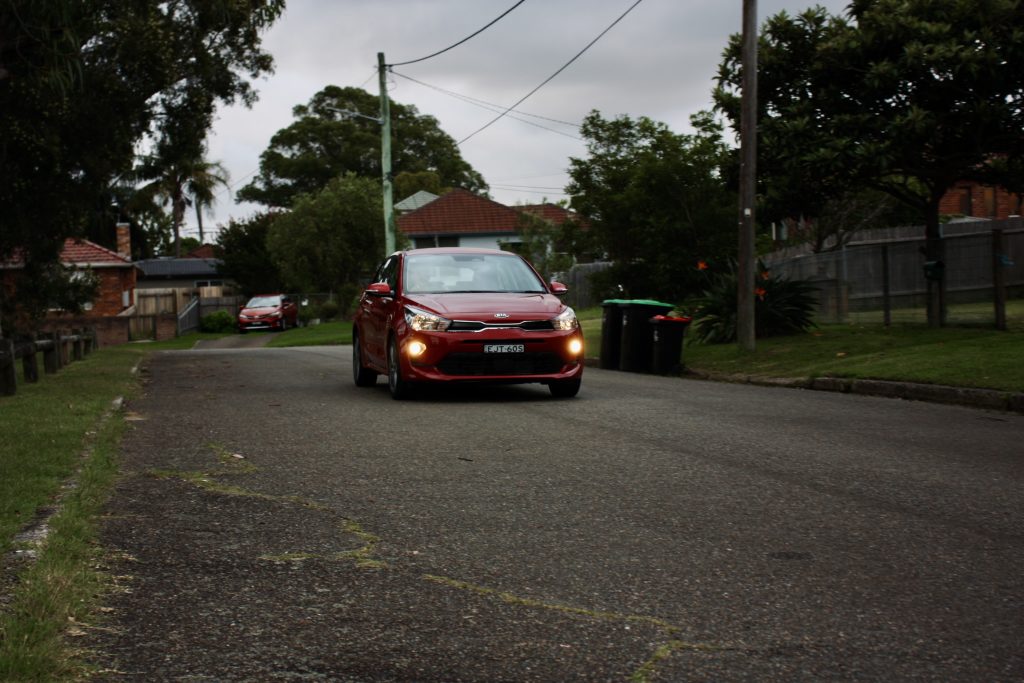
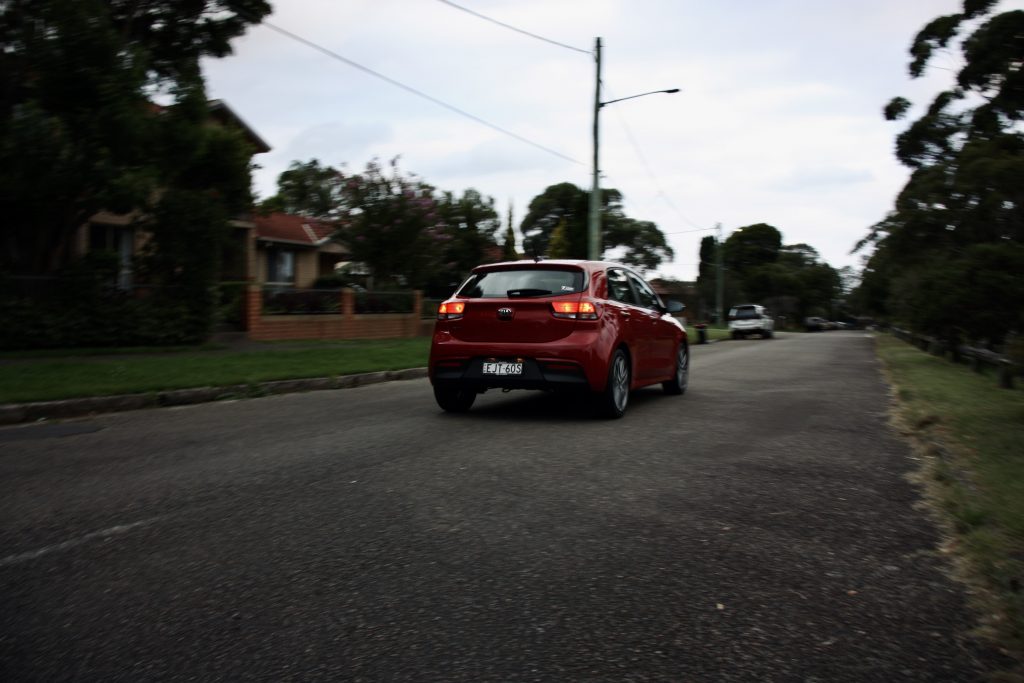
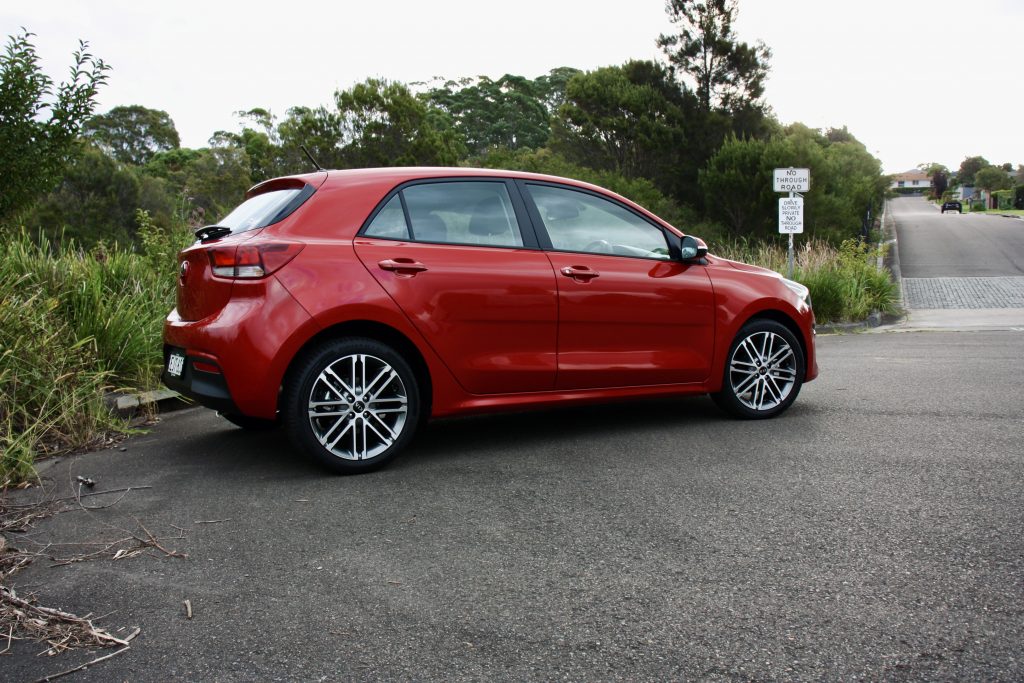
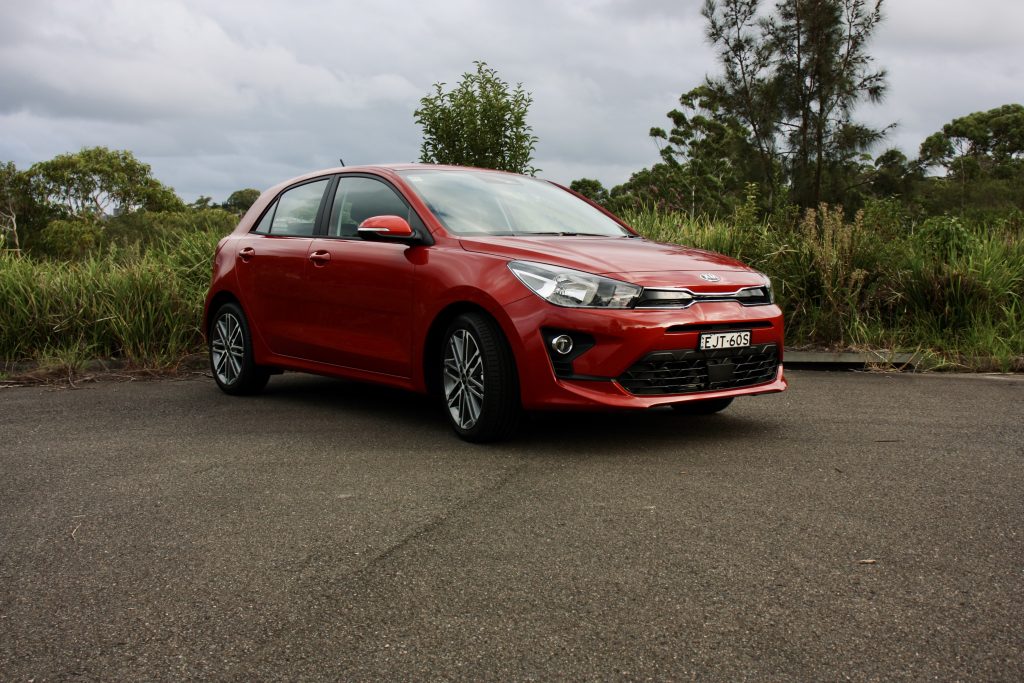
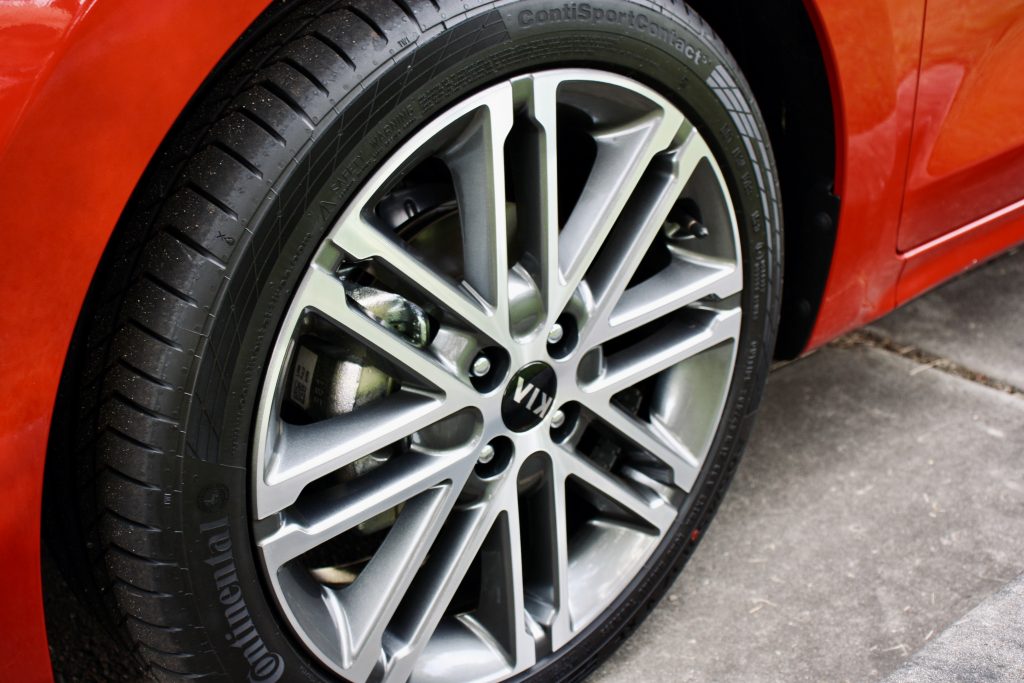
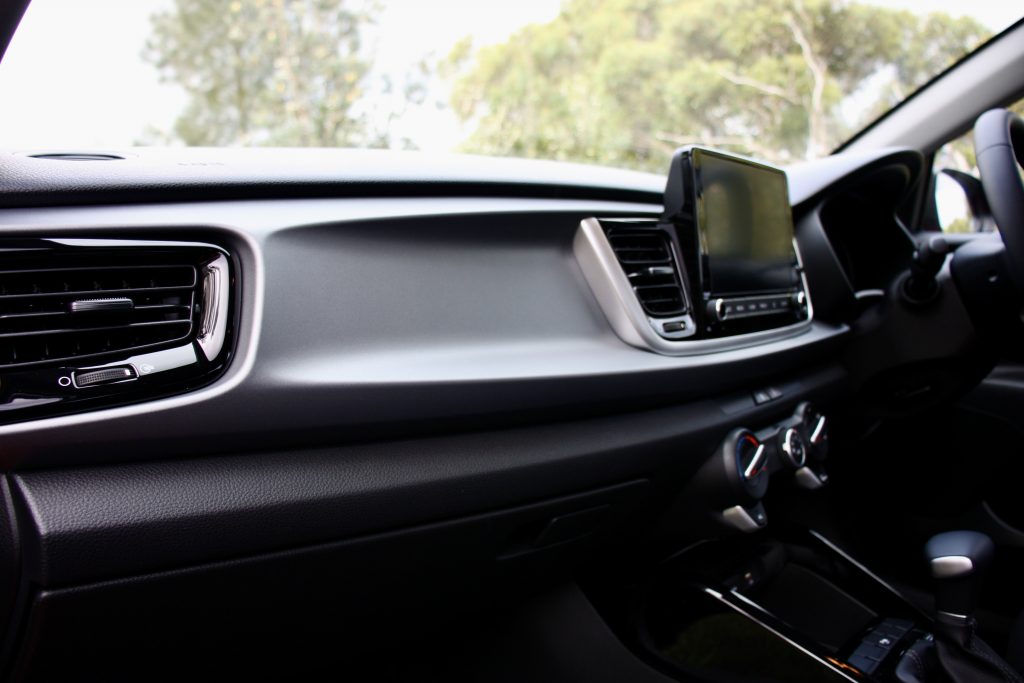
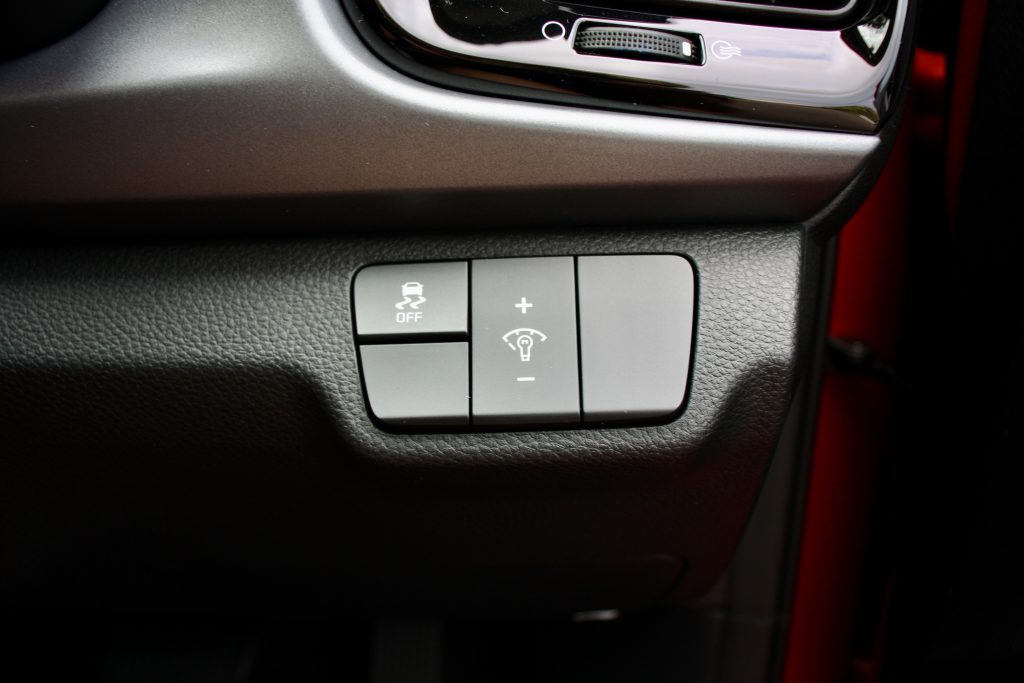
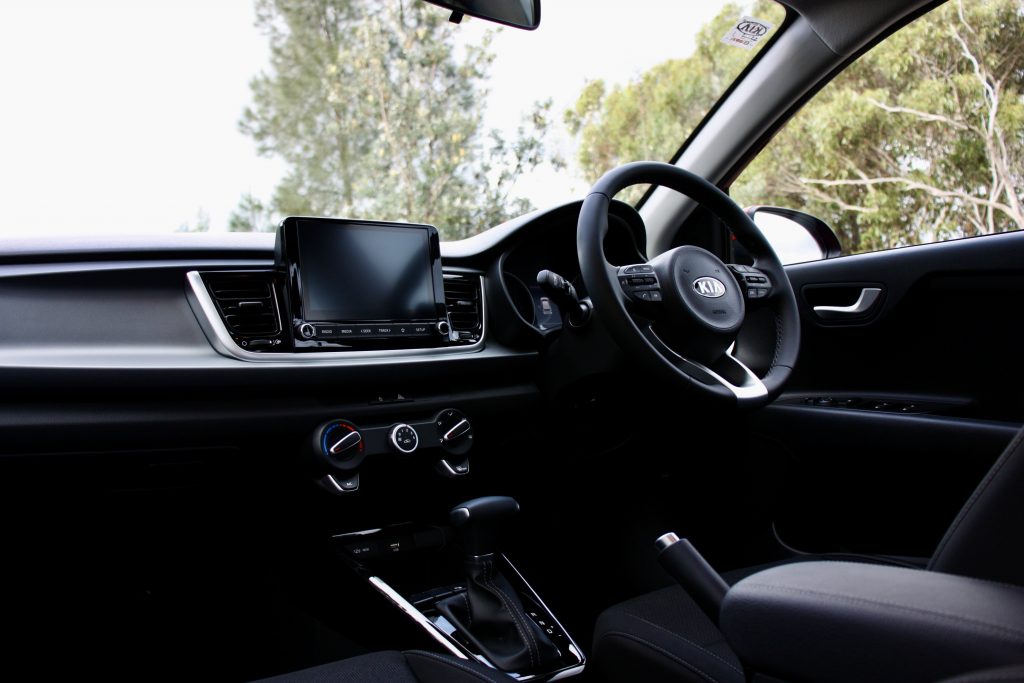
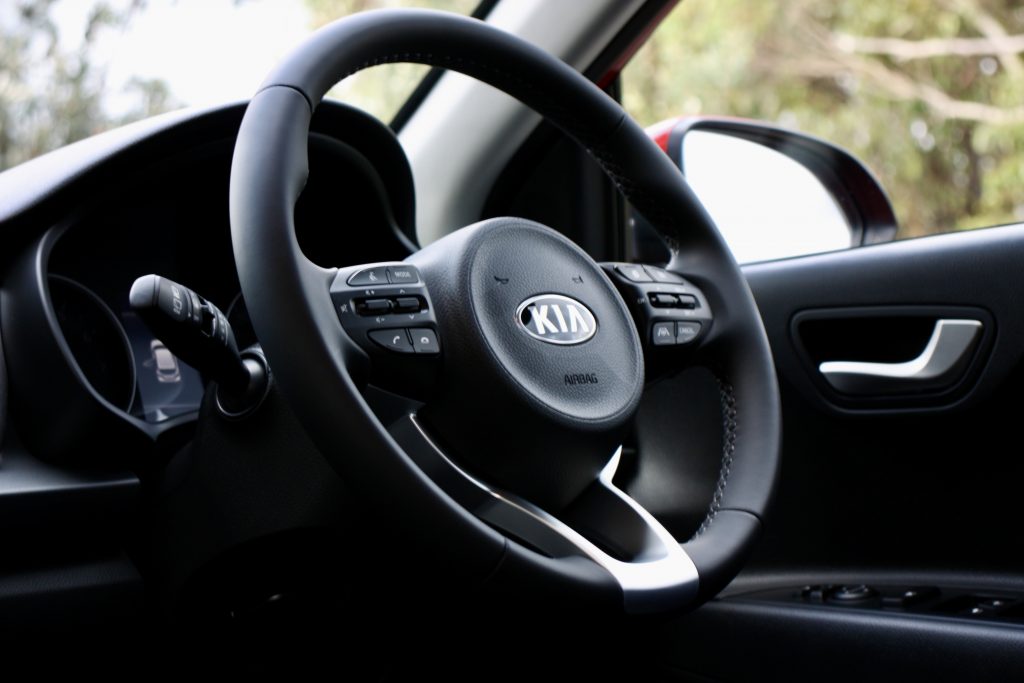
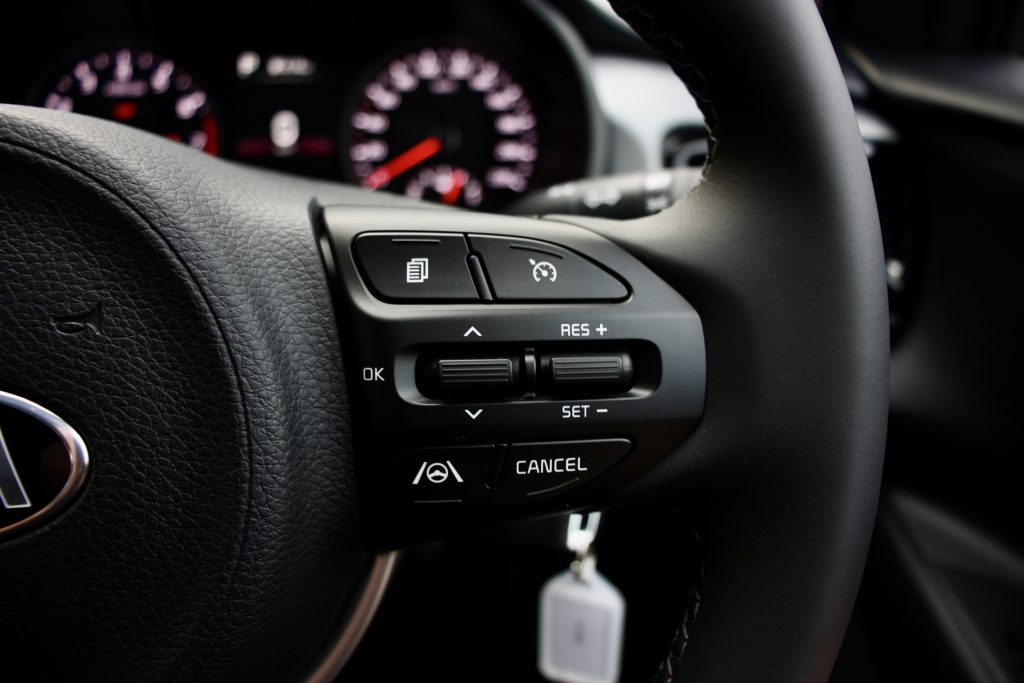
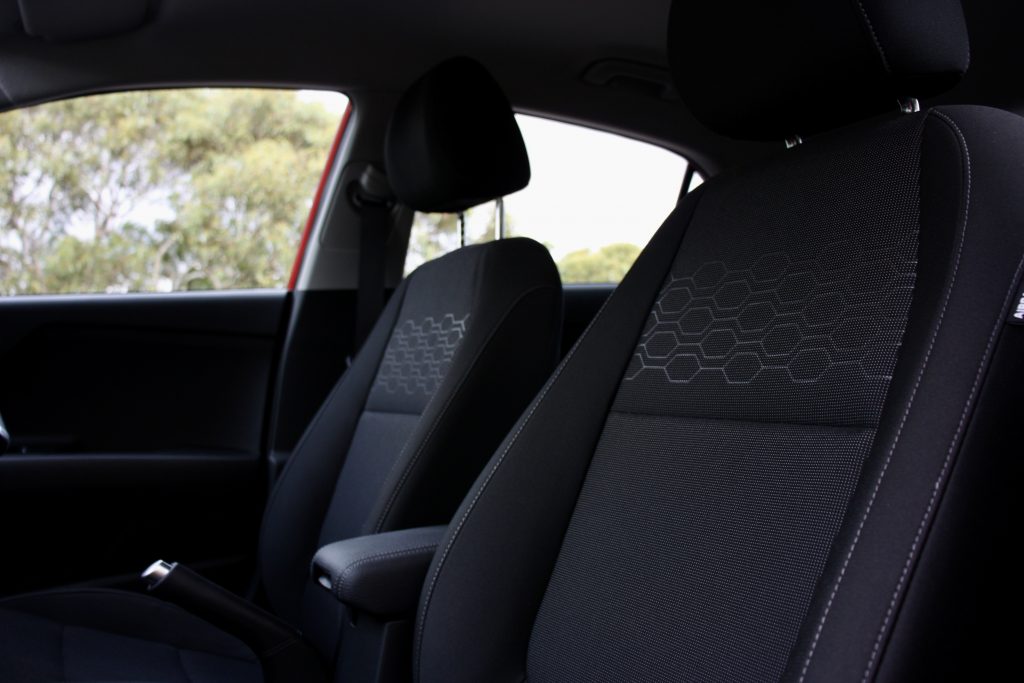
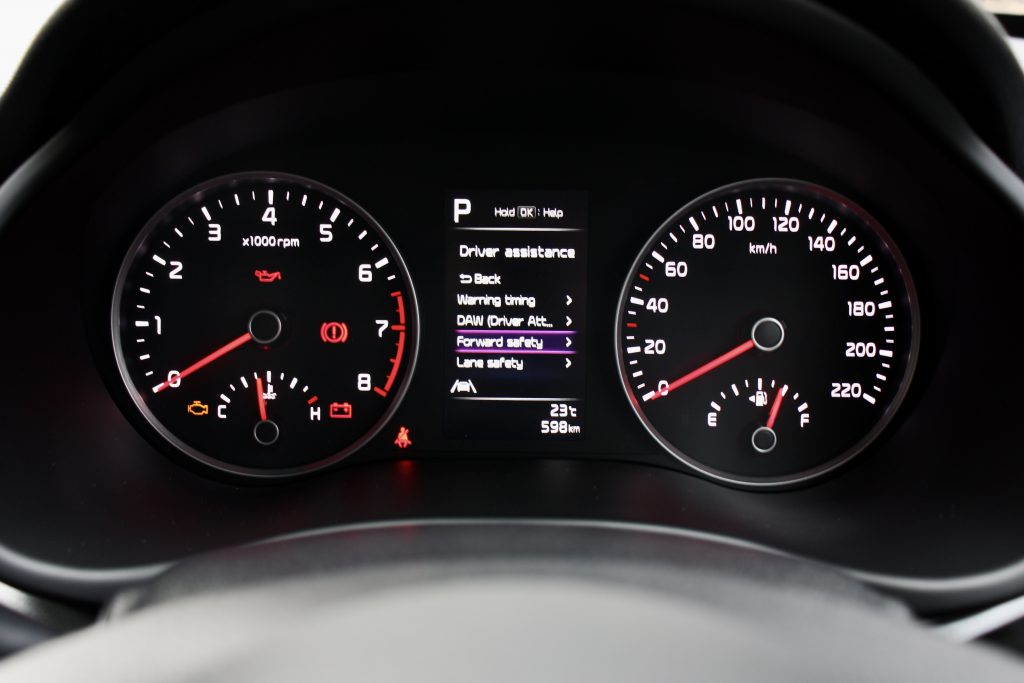
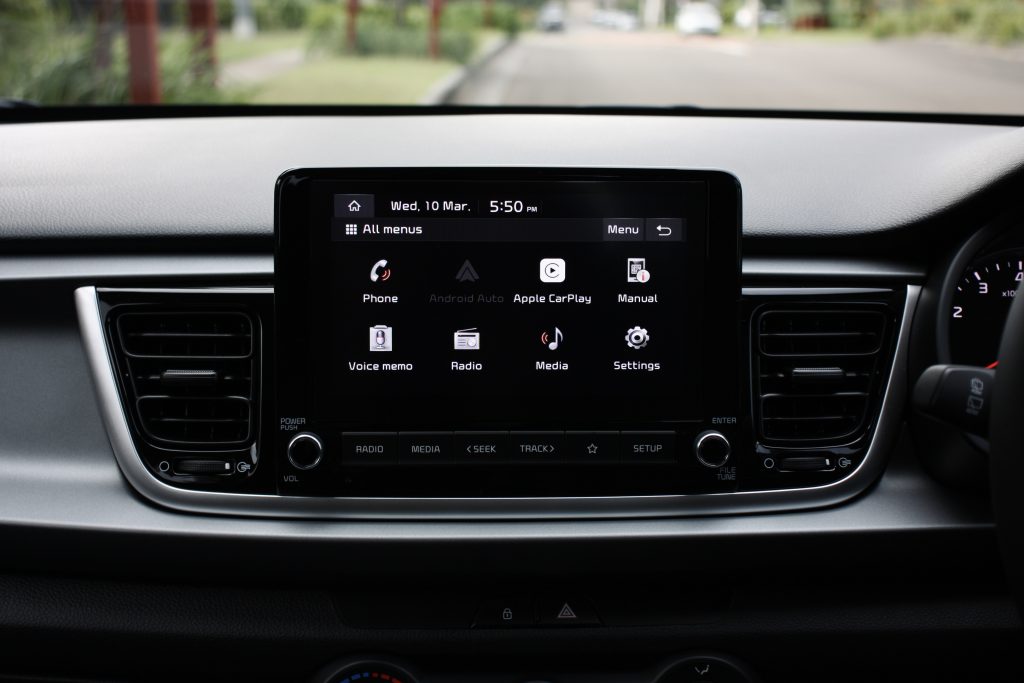
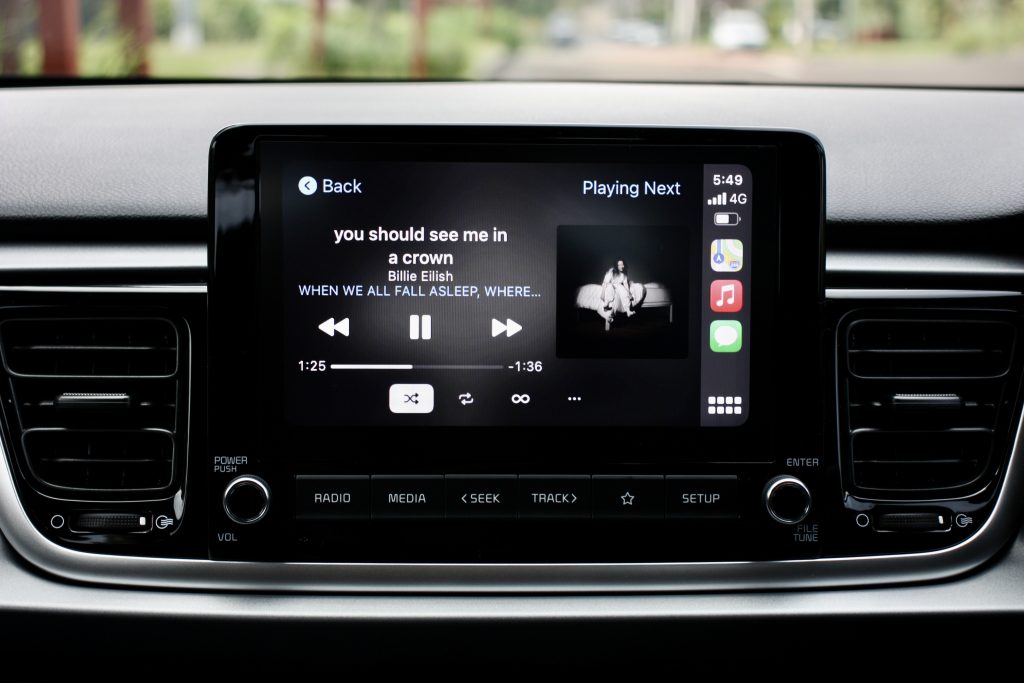
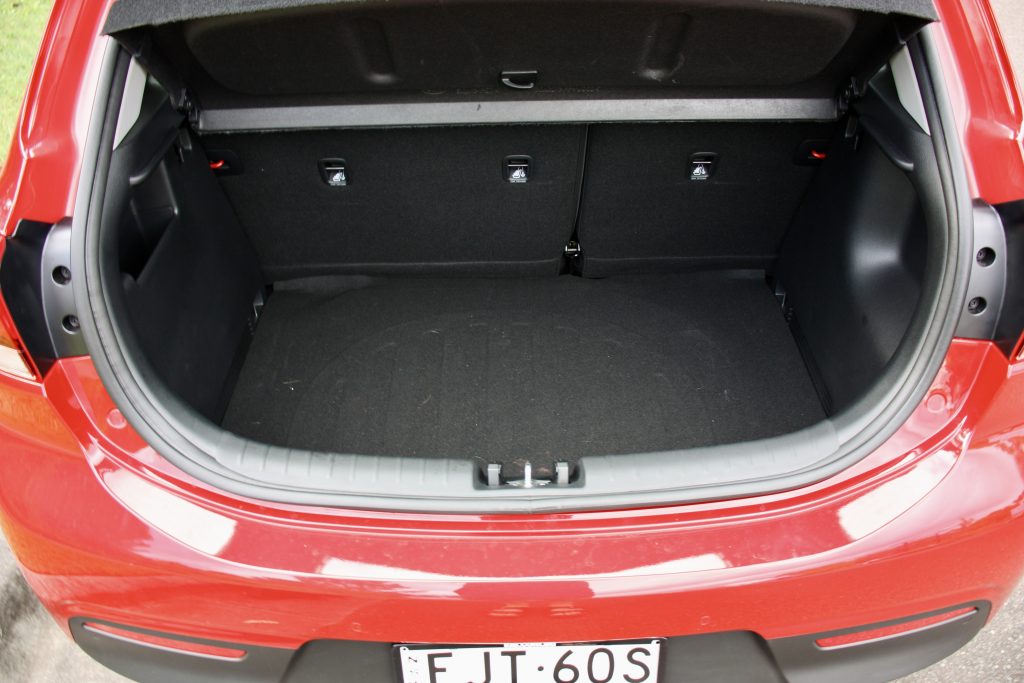
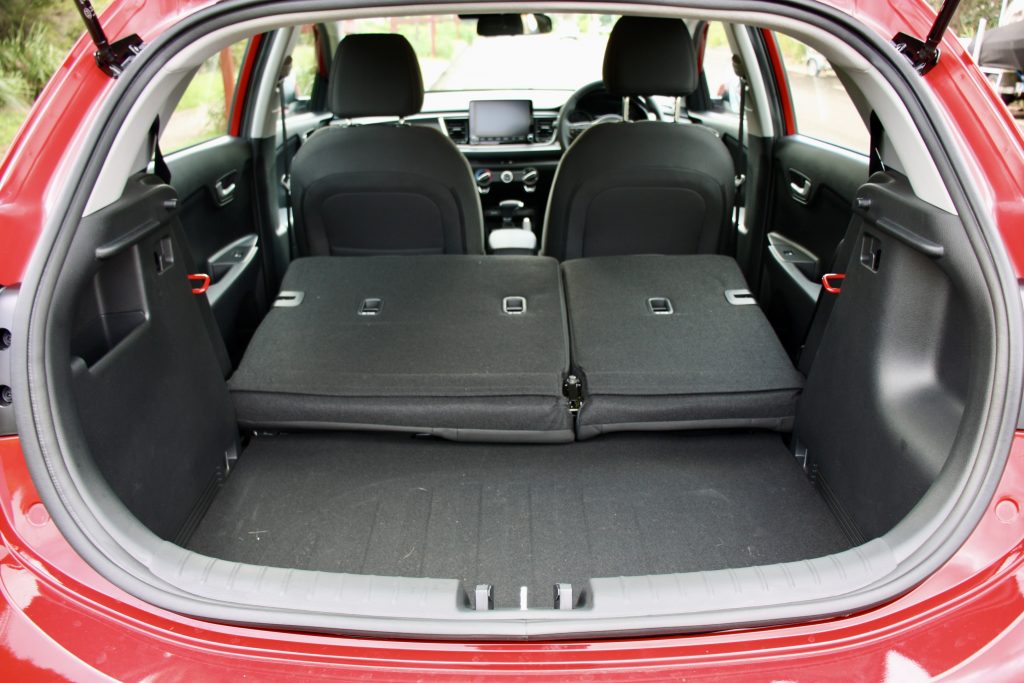
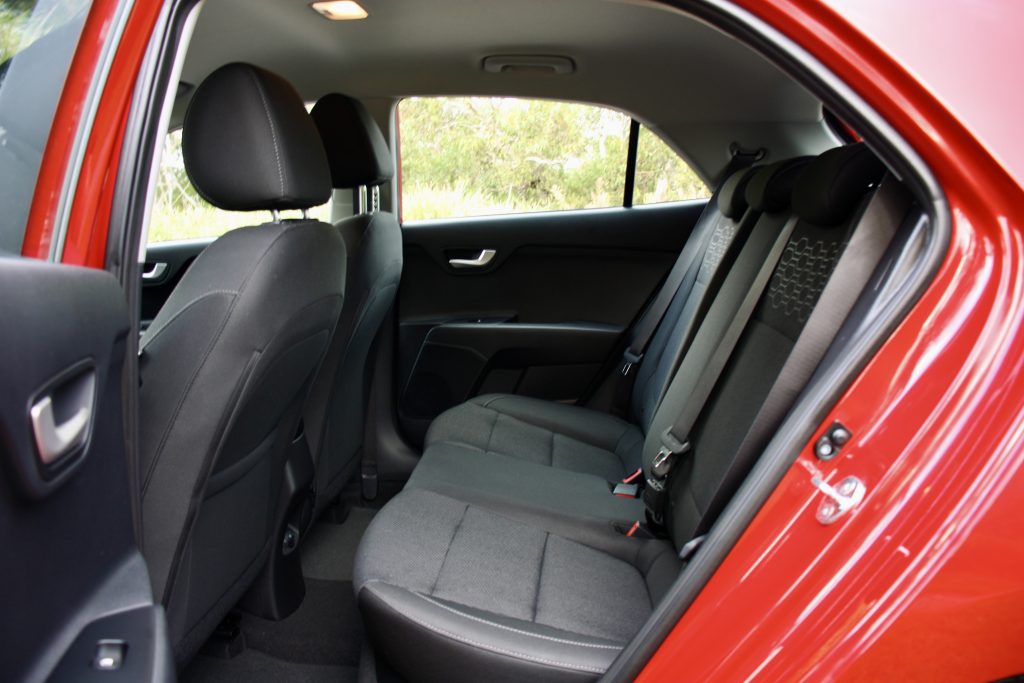
Leave a Reply